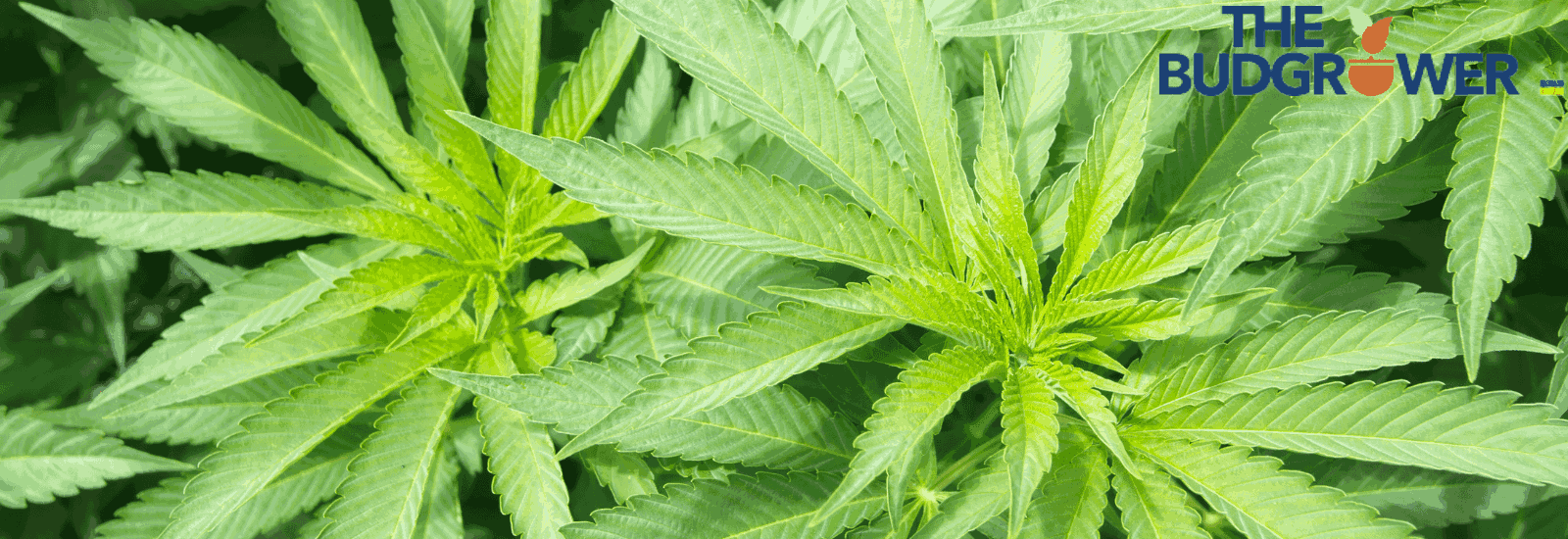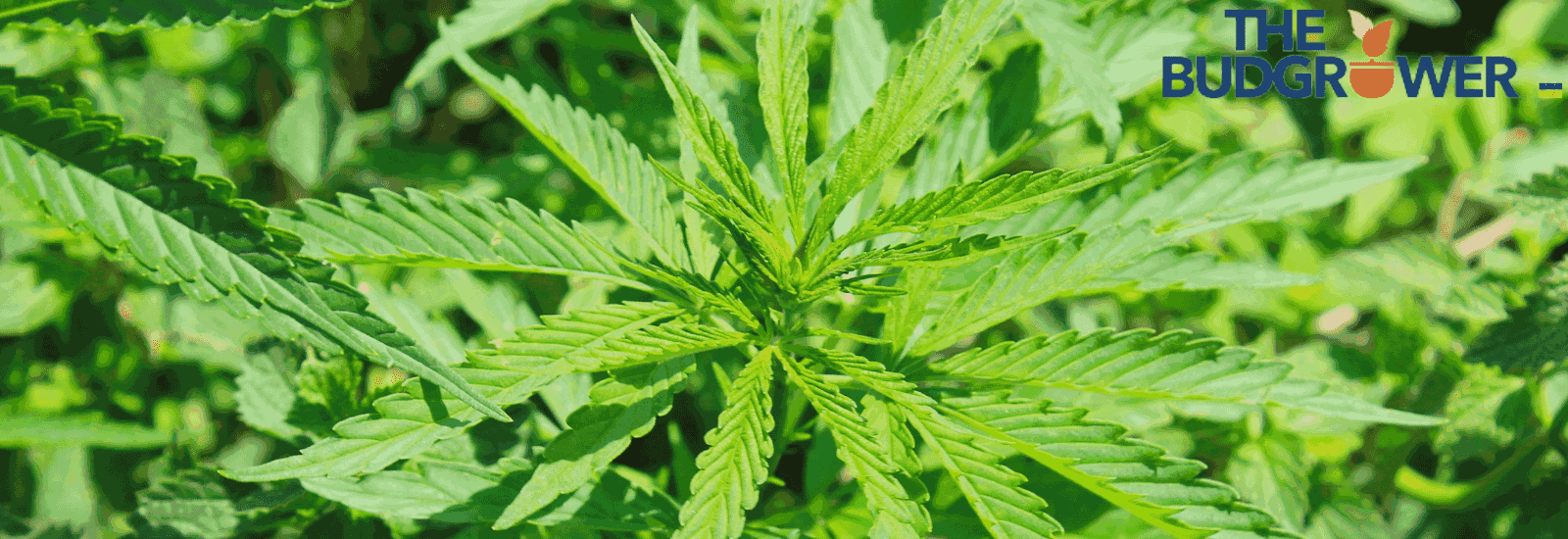How much weed does one plant yield? The answer to this question depends on three main variables: the grower’s depth of experience. Secondly, cannabis exists in a variety of strains, and each has its characteristics. Thirdly, yields will vary based on indoor or outdoor cultivation. Below are a few guidelines to help you maximize yields from your cannabis plants.
How Do You Estimate the Yield of One Weed Plant?
Cannabis growers consider the yield the dry weight of harvested buds since the finished product loses 70-75% of moisture after chopping down the plants. Yields can vary based on the following environments:
Average Yield Per Indoor Cannabis Plant Grown in Soil
Indoor marijuana growers usually aim for one gram per watt of light. Assume that a grower has two plants flowering inside the grow tent containing a 600-watt LED panel. The expected return, granted that the cultivator did everything perfectly, is 600 grams per plant, totaling 1,200 grams in dry yield. As mentioned previously, cannabis yield is measured after the buds leave the drying room.
Average Yield Per Outdoor Cannabis Plant Grown in Soil
Outdoor marijuana farmers determine yields by calculating grams produced per plant, and the desired range is 600-750 grams. This requires cultivating larger plants than indoor breeding and depends on consistent sunlight and favorable weather conditions.
Average Hydroponic Yield Per Marijuana Plant
Hydroponic farming makes it easier for the roots to absorb nutrients through the water rather than penetrating deep into the soil. This method is believed to increase yields by 40-50% more than growing indoor cannabis with soil. However, growers who prefer this production method need experience operating and maintaining hydroponic systems.

7 Factors That Determine a Marijuana Plant’s Yield
1. Type of Strain
Cannabis breeders usually create new strains to achieve specific objectives. Hash makers, for instance, cultivate Indica strains that are highly resinous and loaded with THC. This means that the focus leans more toward quality than on quantity.
Some growers don’t mind experimenting with landrace varieties found on different continents. The yields, however, depend on the plant’s ability to adapt to foreign climates.
2. Light
A cannabis plant requires sufficient light for photosynthesis and developing strong branches to support the blooming buds. Photoperiod plants that are in the final stages of vegetation require a strict 12-hour light cycle to trigger flowering. Photosynthesis helps flowering marijuana plants convert carbon dioxide and sunlight into energy useful for growing bigger buds.
Insufficient light especially during the vegetative state drastically impedes the crops’ growth rate. This means the plants will take longer to flower, and the yields will fall below expectations.
3. Growth Duration
It takes about 16-20 weeks for an indoor cannabis plant to reach maturity for the producer to harvest. Experienced growers sometimes use a trick known as light deprivation to force the plant into the flowering stage. This method reduces the time spent in the vegetative state by two to three weeks, and it doesn’t impede the production of buds.
Impatience, however, is a farmer’s biggest enemy because it leads to premature harvests. This happens commonly around the end of September and early October when outdoor farmers are gearing up for harvesting. A few growers who started late in the season tend to feel left out and harvest underdeveloped yields.
4. Amount and Type of Soil
Cannabis plants thrive in soil with a neutral pH because nutrients such as Iron, Nitrogen, and phosphorus are readily available. These nutrients play an important role in forming strong branches, stems, and healthy leaves. It’s crucial to have a pH meter and soil test kit before germinating your cannabis seeds.
A marijuana plant cannot yield well when planted in shallow soil because the roots cannot absorb sufficient nutrients when confined in a small grow pot. Large pots allow the roots to stretch out and maximize their surface area for oxygen and nutrient absorption.
5. Climate
Sativa strains thrive in warm and moderately humid environments, so they tend to have thin leaves to reduce transpiration. Indica varieties prefer cool weather, so they tend to thrive in the northern hemisphere compared to pure sativa breeds. This knowledge is essential when purchasing clones or seeds because it helps growers provide the best humidity and temperature inside the grow tents.
6. Size of Grow Area
A large grow area allows maximum light penetration, making it easier for marijuana plants to do photosynthesis. Good airflow prevents the accumulation of humidity between the foliage, where powdery mildew can occur. The grower also benefits because they have enough space to implement a Screen of Green (SCROG) and maximize yields.
Confined grow areas affect the plant’s ability to yield since leaves positioned in the middle and near the stem receive insufficient light for photosynthesis. Powdery mildew attacks are more likely to occur due to humidity problems caused by poor airflow.
7. Wet vs Dry Yield
Cannabis end-users and product manufacturers prefer using dry yield for making edibles, pre-rolls, or solventless concentrates. Dried buds develop stronger potency and taste better due to the reduction in chlorophyll that happens during the drying stage. Wet yield, on the other hand, is prone to degradation from powdery mildew infestations.

How Can I Maximize Yield for One Weed Plant?
1. Adequate Preparation
Learn about the strain by contacting the clone/seed provider, preferably in person or via video. Interacting with farmers who’ve successfully grown the variety is a sure way of getting reliable grow journals. In addition, purchase your ideal growing medium on time, whether hydroponics or sterilized soil.
2. Ideal Temperature and Humidity
Good inlet and outlet fans provide consistent airflow and help regulate room temperature. This is crucial during summertime to prevent crops from drying out. Seasoned growers use a humidifier and dehumidifier to maintain humidity within 40-50%.
3. Enough Lighting
Skilled marijuana growers recommend setting LED lights at 400-600 photosynthetic photon flux density (PPFD) for plants in a vegetative state to maximize the growth of branches and bud sites.
Flowering plants grow rich under 600-900 ppfd.
4. pH and Nutrients
Feeding the right type of nutrients promptly is crucial to maximizing yields from a cannabis plant. It’s wrong to assume that a flowering plant will benefit from veg nutrients rather than bloom supplements. Furthermore, remember to use a pipette to measure out liquid fertilizer correctly.
5. Trimming and Pruning
Maintaining an even canopy ensures maximum light absorption on all the bud sites. Removing unnecessary branches helps the marijuana plant redirect energy and nutrients to bud sites for bigger and more potent yields.
6. Train Your plants
Low-stress training (LST) by itself increases cannabis yields by 30-40%. It enables growers to fully utilize the light by growing additional branches to increase bud sites compared to having one main cola. Lollipopping is also another free method you can use to help your plant redirect nutrients toward the canopy.
7. Hydroponics
Using air stones to oxygenate the water enables the nutrients to become more accessible for root absorption. Creating a chart for monitoring daily water and nutrient ppm intakes is a good idea.
8. Grow Fewer Cannabis Plants At a Time for Higher Marijuana Yield
This strategy allows you to maximize yields through stress training and SCROG because your plants stretch horizontally over a large distance. It also allows maximum light penetration and consistent airflow.
9. Re-Vegging for a Second Harvest
Re-veging plants require small amounts of vegging nutrients and an 18-hour light cycle.
New foliage will develop after 4-6 weeks, and you can apply stress training to the new branches to maximize yields.
What is the Worth of Weed Plant Yielding?
The quality and location impact the worth of weed plants. The average cost of one ounce is $150 to $300. In case of high efficiency, 6-8 ounces are needed. The 6 ounces can cost almost $900 to $1800, while 8 ounces cost around $1200 to $2400.
Remember! These prices are based on average calculations and may vary.
Final Thoughts
There’s really no secret to maximizing cannabis yields from one plant except providing the right external conditions, applying stress training, and feeding on time. It’s important to nurture these growing skills before purchasing high-end growing equipment to ensure maximum returns on investment.






